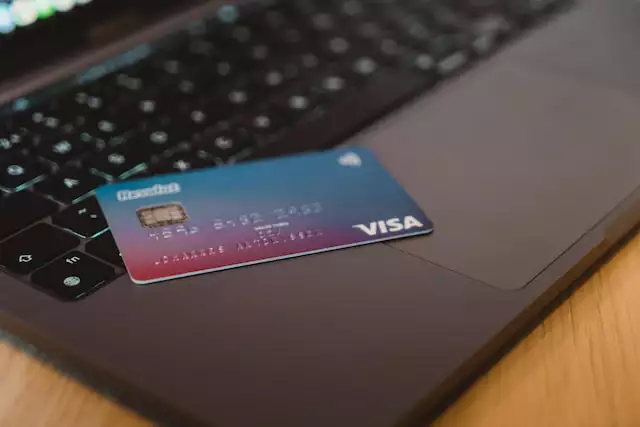Visa Mastercard Atm Surcharge Settlement Payout Per Person

For years, millions of Americans may have unknowingly overpaid when using ATMs outside of their bank's network. Now, a class-action settlement targeting Visa and Mastercard over allegedly inflated ATM surcharge fees is finally beginning to deliver payouts. The long-awaited resolution brings a measure of financial relief, though the individual amounts may vary considerably.
The settlement, stemming from a lawsuit accusing Visa and Mastercard of conspiring with banks to fix ATM access fees, has raised questions about the transparency of banking fees. While the final amounts reaching individual consumers might seem small, the case underscores the ongoing scrutiny of financial institutions' practices and their impact on everyday consumers.
Understanding the ATM Surcharge Settlement
The core of the lawsuit revolved around allegations that Visa and Mastercard, through their network rules, restricted banks' ability to negotiate lower ATM fees. This restriction, it was argued, resulted in artificially high surcharges for consumers using ATMs outside of their own bank's network. These ATM fees, often seemingly small, can add up over time, especially for those who rely on ATM access regularly.
The settlement aims to compensate consumers who were charged these allegedly inflated ATM surcharges. The exact amount each individual receives depends on a number of factors, including the number of claims filed and the estimated frequency of ATM usage. It's important to note that proving usage and filing a claim within the designated period were critical steps in receiving a payout.
Who is Eligible for a Payout?
The eligibility criteria for the settlement are fairly broad. Generally, anyone who used an ATM outside of their bank's network and paid a surcharge between a specific timeframe (usually spanning several years prior to the settlement) was eligible to file a claim. The precise dates and other details were outlined in the official settlement notice, which was typically distributed online and sometimes via postal mail.
However, simply being eligible didn't guarantee a substantial payout. Claimants needed to submit a valid claim form, either online or through the mail, by the specified deadline. These forms often required individuals to estimate the number of times they used out-of-network ATMs and paid a surcharge during the relevant period.
The Payout Process and Individual Amounts
The distribution of settlement funds is a complex process overseen by a third-party administrator. After the claim deadline passed, the administrator verified the claims and calculated the individual payout amounts. The payout per person is influenced by the total settlement amount and the number of valid claims received.
This means that even if you are eligible, the payout might be less than anticipated. The final amount typically depends on the number of valid claims filed. This is a common feature of class action settlements, as the available funds are divided among all eligible claimants.
Many recipients are reporting receiving relatively small checks or electronic transfers. While the individual sums may not be life-changing, they are a tangible reminder of the collective impact of allegedly unfair practices. This settlement may be seen as a symbolic victory for consumers.
The Impact of ATM Surcharges: A Consumer Perspective
ATM surcharges disproportionately affect certain segments of the population. Low-income individuals, who may not have easy access to bank branches or prefer using cash, often rely more heavily on ATMs. Consequently, they are more likely to incur these fees regularly.
Even a small surcharge can have a significant cumulative effect over time. This creates a financial burden for people struggling to make ends meet. The settlement, while offering a modest form of restitution, highlights the need for greater transparency and fairness in banking fees.
"Transparency in banking fees is crucial for empowering consumers to make informed decisions. Opaque or excessive fees can erode trust and disproportionately impact vulnerable populations," says Sarah Miller, a consumer advocate at the Center for Responsible Lending.
Visa and Mastercard's Response
Both Visa and Mastercard have neither admitted nor denied any wrongdoing in the settlement. They have agreed to the settlement to avoid the cost and disruption of further litigation. Their official statements typically emphasize their commitment to providing convenient and reliable payment services to consumers.
Some industry analysts argue that ATM surcharges are necessary to cover the costs associated with operating and maintaining ATM networks. These costs include maintenance, security, and network infrastructure. However, consumer advocates contend that these costs should not be passed on to consumers in the form of excessively high surcharges.
Looking Ahead: The Future of ATM Fees
The ATM surcharge settlement is just one example of the ongoing scrutiny of banking fees and consumer protection. There's a growing call for greater regulation and transparency in the financial industry. This could result in further changes to how banks and payment networks operate.
The settlement may lead to changes in how Visa and Mastercard regulate ATM fees. This is not guaranteed, but the increased awareness and scrutiny resulting from the lawsuit could influence their future policies. Consumers should remain vigilant and informed about their banking options and associated fees.
While the individual payouts from this particular settlement may be small, the case serves as a reminder that collective action can hold powerful institutions accountable. This victory, no matter how small, could set a precedent for future litigation against allegedly unfair financial practices.


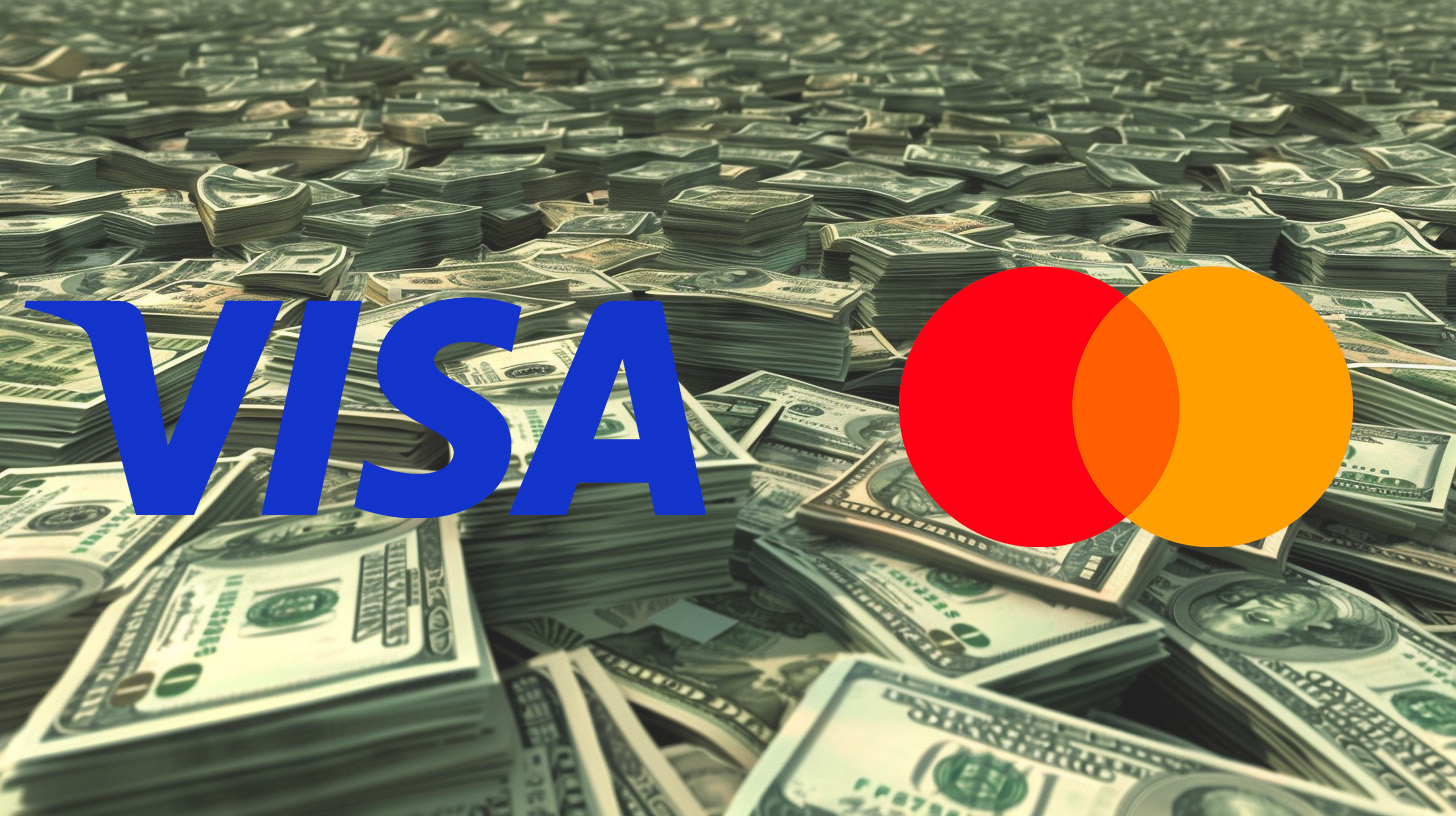
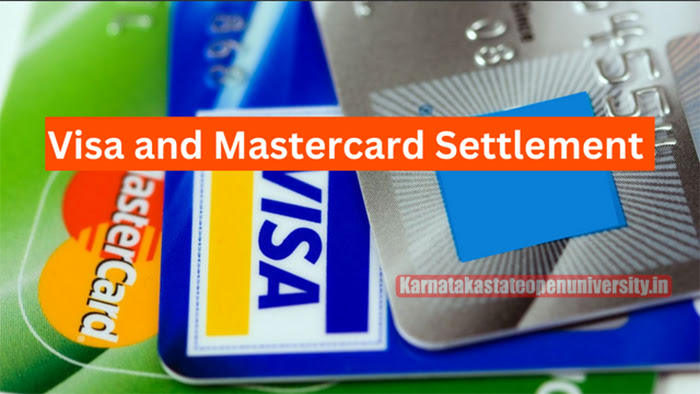

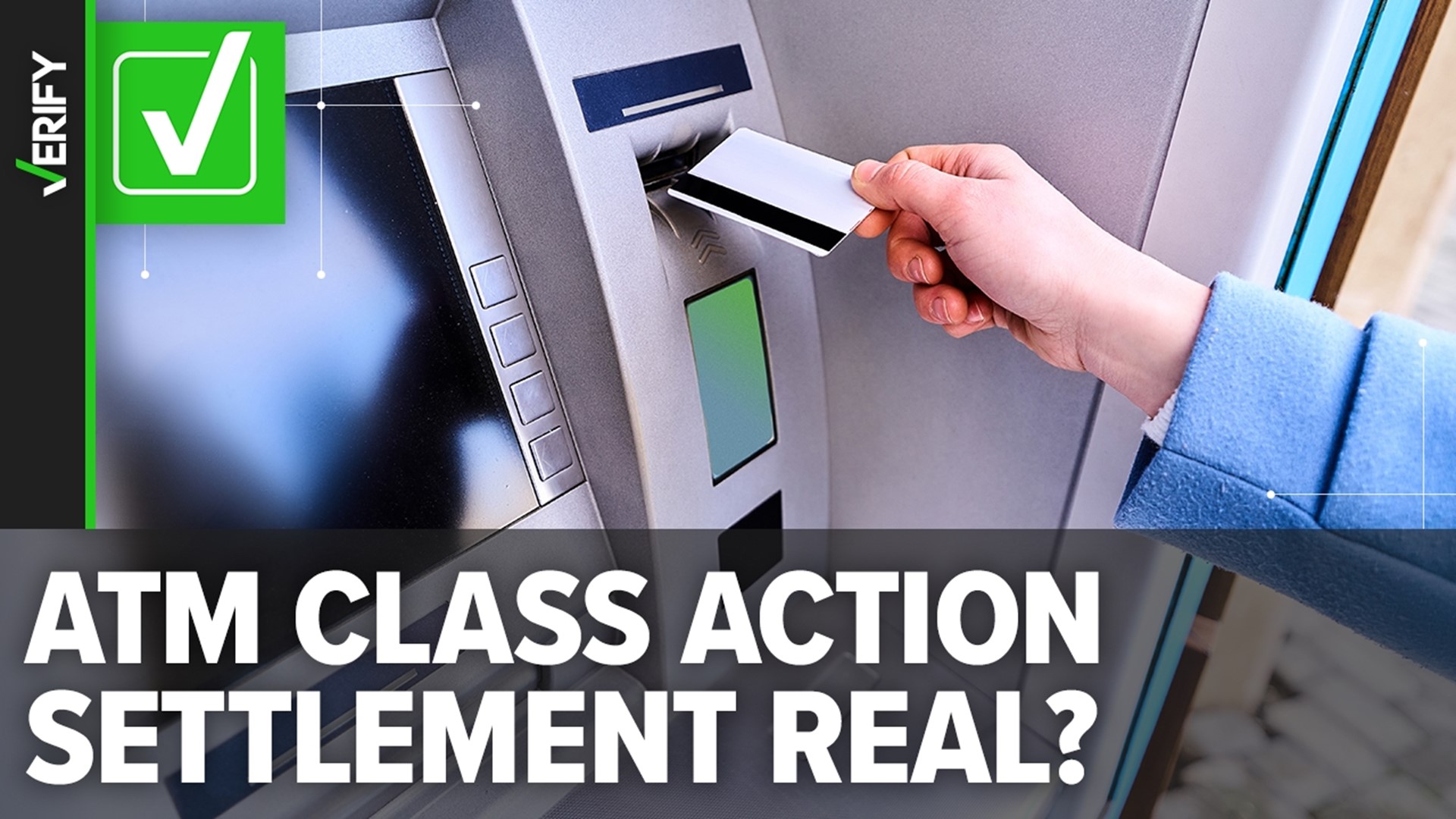
.webp)


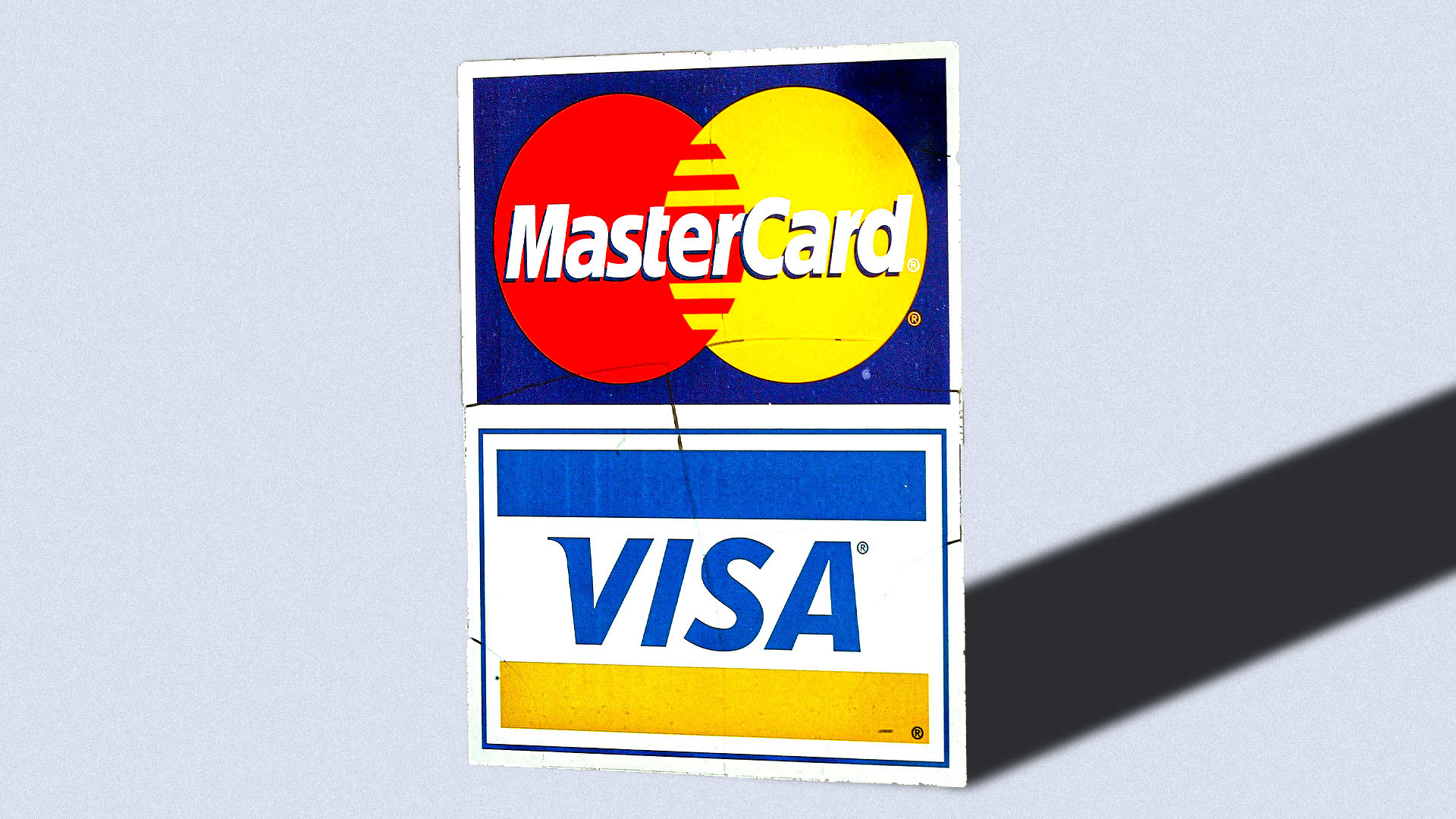
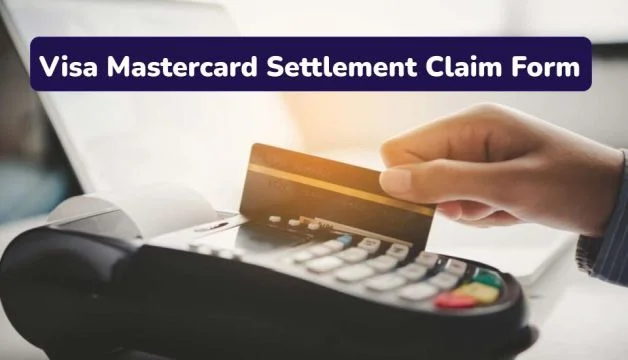




.webp)

